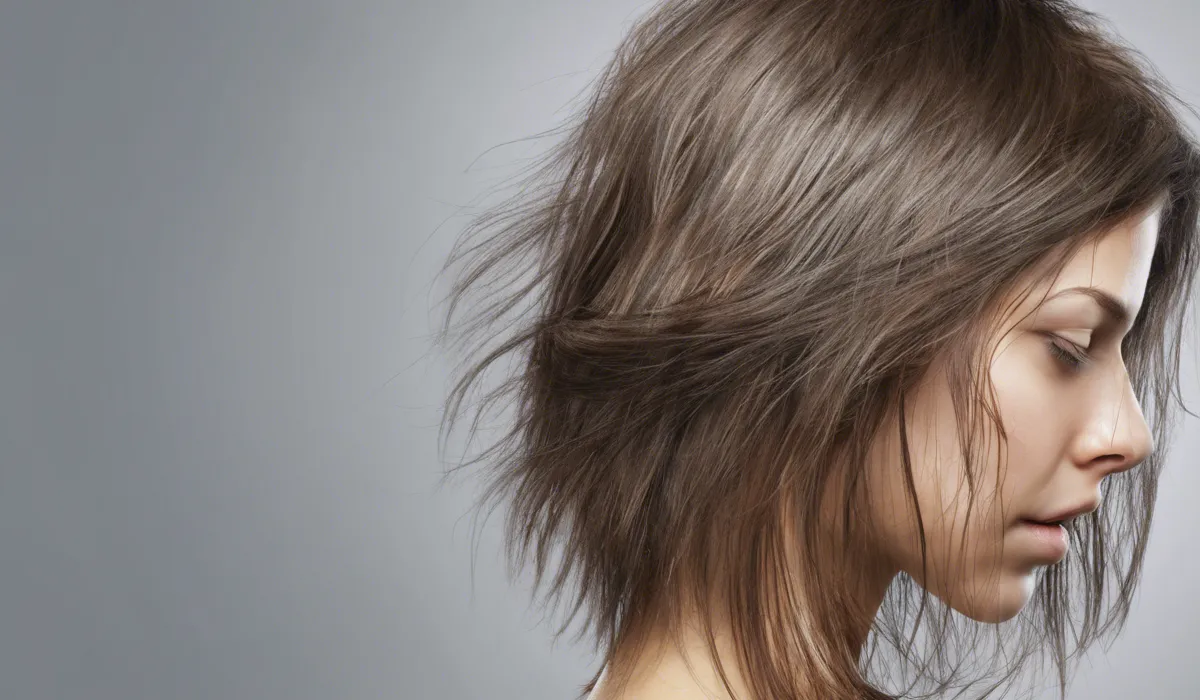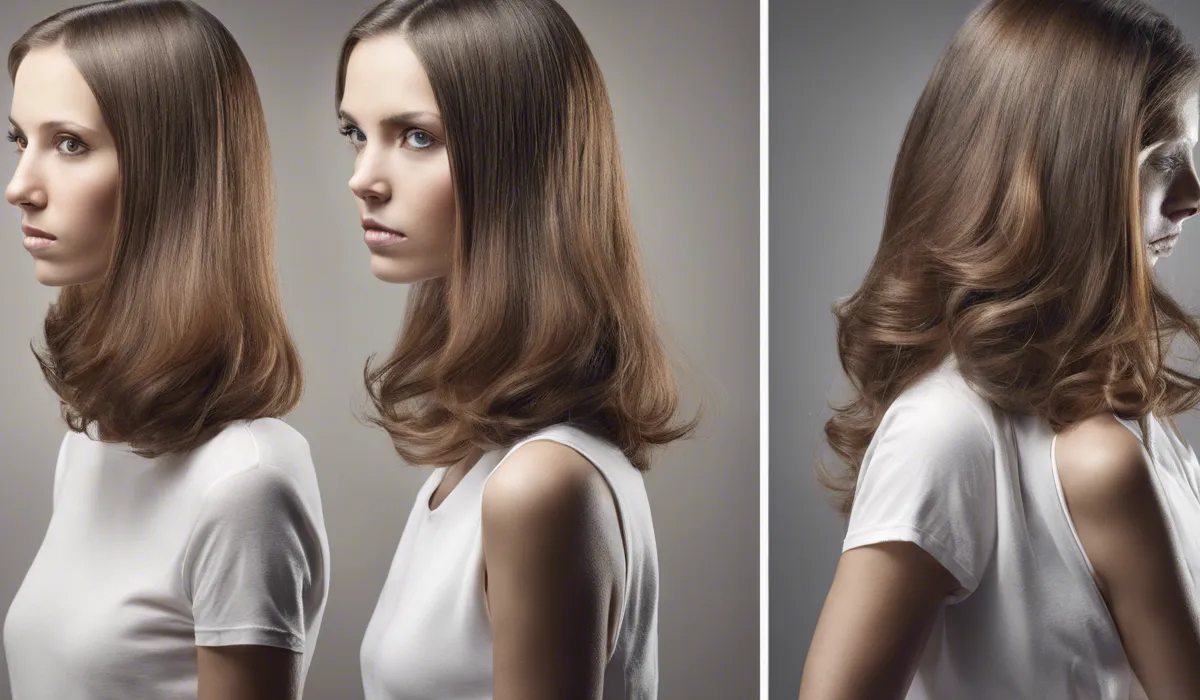Yes, hair can grow mold if it remains damp and unclean for extended periods. Mold spores thrive in moist environments, leading to fungal infections like scalp ringworm. Regular washing and drying are crucial to prevent mold in hair.
Understanding Hair Mold

Definition of Mold
Mold is a type of fungus that can grow in various environments, both indoors and outdoors.
It reproduces through tiny spores that travel through the air. When these spores land on a moist surface, they can start to grow and spread.
Mold is known for its fuzzy appearance and can be a variety of colors, including black, green, white, or orange.
Conditions for Mold Growth
Mold requires specific conditions to grow. These conditions include a food source like dead organic material, warmth, darkness, oxygen, and most importantly, moisture.
Hair can provide the perfect environment for mold if it stays wet for too long and is not properly cleaned.
Common Misconceptions About Hair Mold
Many people believe that hair cannot grow mold because it is not like typical food or plant matter. However, this is not true.
Hair can host mold if the conditions are right. Another misconception is that only dirty hair can get moldy. In reality, even clean hair can develop mold if it remains damp for extended periods.
Difference Between Mold and Common Hair Issues
Mold in hair should not be confused with dandruff or dry scalp conditions. Dandruff is usually caused by an overproduction of skin oil and skin cells.
Mold, on the other hand, is a fungal infection that occurs because of external factors like dampness and lack of hygiene.
Causes and Symptoms of Hair Mold

How Mold Can Develop on Hair?
Mold can develop on hair when it is exposed to a moist environment for a prolonged period.
This can happen if hair is not dried thoroughly after washing or if one wears a hat or scarf on damp hair. The mold feeds on the natural oils and dead skin cells on the scalp.
Contributing Factors Such as Damp Environments and Poor Hygiene
Damp environments, like wet hair after a swim or shower, create ideal conditions for mold growth.
When combined with poor hygiene practices, such as not washing hair regularly or sharing hair tools, the risk of developing hair mold increases.
Identifying Signs of Hair Mold
Signs of hair mold include a musty smell, itchy scalp, and the presence of visible growths that can be mistaken for dandruff. In some cases, there may also be hair breakage or difficulty in combing due to the mold.
Health Implications of Mold Exposure
Exposure to mold can lead to allergic reactions, respiratory issues, and skin irritation. If mold is present on the scalp, it can cause fungal infections that may require medical treatment.
Prevention and Treatment

Best Practices for Hair Care to Prevent Mold Growth
To prevent mold growth, it is essential to keep hair clean and dry. Washing hair regularly with shampoo and ensuring that it is completely dry before styling or covering it helps to reduce the risk of mold.
Regularly cleaning and drying hair accessories and tools is also crucial.
Tips for Keeping Hair Dry and Clean
After washing hair, use a towel to absorb excess water and then dry it fully with a hair dryer.
Avoid going to sleep with wet hair and protect your hair from rain and humidity whenever possible. Choosing the right hair products that are not too oily can also prevent excess moisture on the scalp.
Treatment Options for Hair Mold
If you suspect hair mold, start by thoroughly washing and drying your hair. Over-the-counter antifungal shampoos can be effective in treating mild cases.
For more severe infections, a visit to a dermatologist may be necessary to get prescription medication.
When to Seek Professional Help?
If home treatments do not resolve the mold issue, or if the symptoms worsen, it is essential to seek professional help.
A healthcare provider or dermatologist can diagnose the problem accurately and recommend a suitable treatment plan.
FAQs About Hair Mold
Can hair actually grow mold?
Yes, hair can grow mold if it stays damp and isn’t cleaned properly, creating an environment where mold spores can thrive and lead to infections.
What conditions cause mold to grow in hair?
Mold in hair typically occurs when the hair remains wet and unclean for long periods, fostering a moist environment conducive to mold spores.
How can I prevent mold from growing in my hair?
Regular washing, thorough drying, and maintaining good scalp hygiene are key practices to prevent the growth of mold in hair.
What kind of fungal infections can occur from mold in hair?
Scalp ringworm, also known as tinea capitis, is a common fungal infection that can result from mold growth in hair.
Is it common for hair to grow mold?
While it’s not very common, hair can grow mold if it is frequently exposed to damp conditions and lacks proper hygiene and care.
Final Thoughts
Hair is susceptible to mold growth when consistently damp and improperly cleaned. Mold spores find wet environments conducive to developing fungal infections, such as scalp ringworm.
To avert mold formation, it’s essential to maintain a routine of thorough washing and drying of hair.
